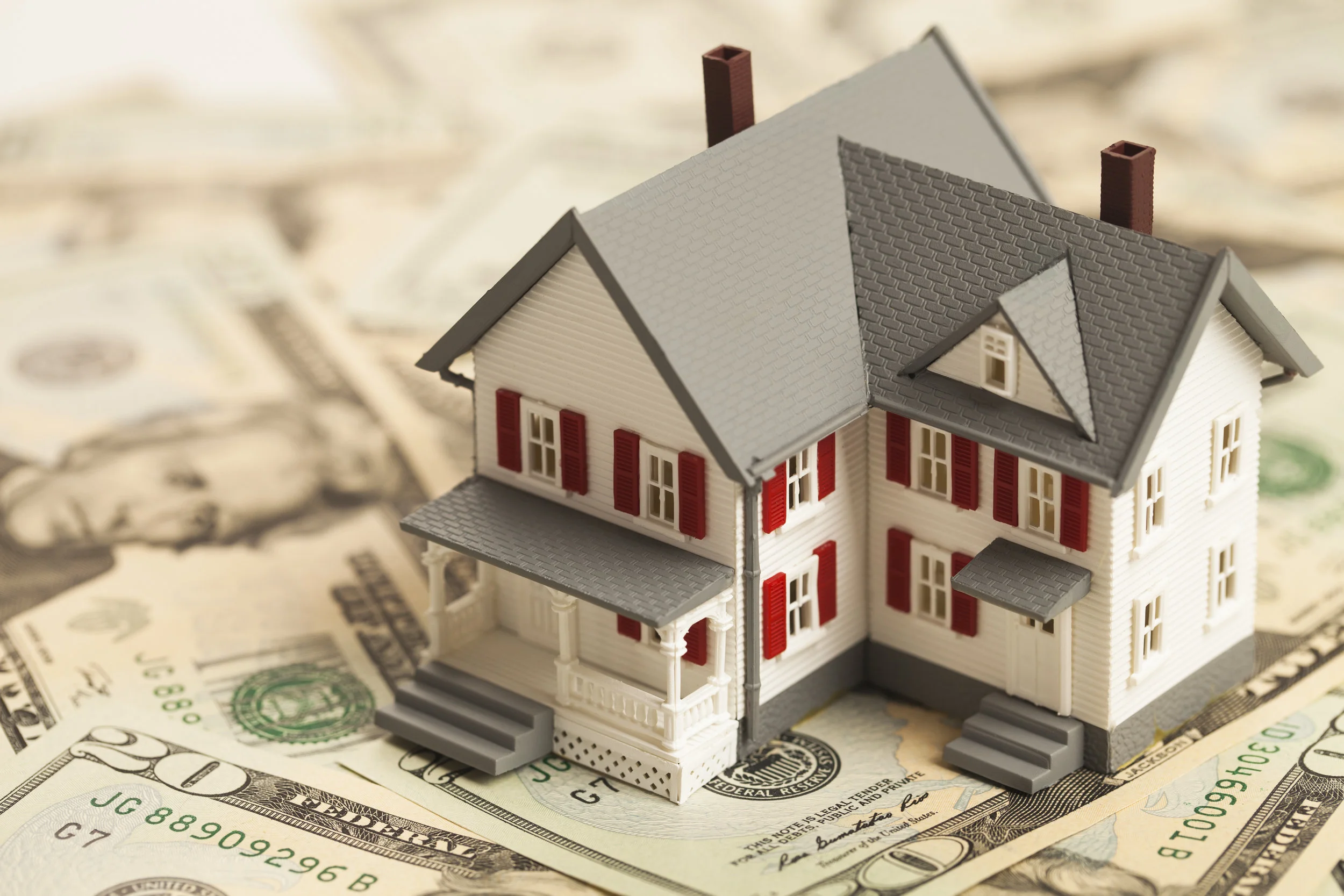When you buy or sell real estate, you’ll want to get a good idea of the property’s value. Understanding value helps you set a price when you’re selling. After all, you don’t want to ask too little and leave money on the table, or ask too much and hold up your sale. If you’re the buyer, knowing how to accurately estimate a home’s value lets you spot a bargain and keeps you from overpaying. Later on, it helps you gauge your home’s equity if you want to borrow against it.
What Are Comps?
Estimating a home’s value can be more of an art than a science, but there are some tools that will make it possible for you. That is where real estate comparable listings, (i.e. “comps,” in Realtor speak) come in. Comps are sales records of recently sold homes, typically within the past 6 months to one year. Appraisers and real estate agents use them to get the most accurate estimate possible of a home’s value, and you can, too.
Finding comps involves looking for recent sales of houses as much like your own property as possible, then comparing your home to them and adjusting your price to account for the differences. Your real estate agent will send you a Comparative Market Analysis (CMA), which is simply an overview and statistics on your list of comps.
Keep in Mind
When reviewing comps, you’ll likely see homes that are For Sale, Under Contract, or Coming Soon. These aren’t great comps because we don’t yet know the final sale price.
Sold prices don’t reveal sellers’ concessions, so be sure to read your CMA carefully and take note of any closing cost paid by the Seller. A home’s recorded sale price might be $220,000, for instance, but if the buyer persuaded the seller to spend $3,000 to help with the buyer’s closing costs, the true price, $217,000.
There are hidden cost that you’ll never be aware of, like if the buyer persuaded the seller to spend $3,000 on furnace repairs.
Comps with plenty of photos give clues to construction quality, landscaping, home features and upkeep.
Noting a listing’s price-per-square-foot gives you a somewhat useful data point for comparing listings. However, local property tax records tend to be inaccurate, so don’t weigh too heavily on this number. If it isn’t shown on a listing, you can calculate it: Divide the sale price by square footage (both numbers commonly included in listings). For example: A 1,200-square-foot home that sold for $300,000 has a square-foot price of $250 (300,000 ÷ 1,200 = 250).
Standards to Apply
Sold listings carry the most weight, and those that are most similar and most recently sold will typically take precedent.
Focus on listings that have sold in the past six months, which is also the standard used by appraisers.
If you can’t find any decent comps within the past six months, then extend your search to the past year.
In a subdivision, you may find sold listings with identical floor plans. That’s ideal. Otherwise, try to find homes that are roughly the same size with floor plans similar to yours — like a 1500 sq. ft row house if yours is a 1500 sq. ft. row house.
It’s OK to search for similar numbers of bedrooms and baths, but similarities in gross living area matter as well.
Seasonality and market activity plays a factor, so your home may sell for more during the peak season (Spring) and in hot markets; and expect to pay a bit more as a buyer.
What to Consider When Finding Comps
Location: Limit your search to a quarter- to half-mile from your home.
Time frame: Only include homes that have sold within the past three to six months — or less if your market is changing quickly.
Size: Try to stay within about 300 square feet of your home’s size.
Bedrooms/bathrooms: Include homes with the same number of bedrooms and bathrooms as yours.
Condition of home: Factor in things like recent renovations, updated interiors or outdated features.
Age of home: Homes built around the same time as yours will be the most accurate comps, because major systems like roofs, HVAC and plumbing should be in similar condition.
Nearby features: Find homes that align with yours in terms of walkability, shopping/retail, waterfront proximity, views, public transportation access and school ratings.
Price per square foot: Real estate agents use price per square foot to identify comparables. Divide the sale price of a home by its square footage, then compare that number to your own desired price per square foot.
Doing your own comps gives you a decent idea of value — at no cost or obligation. What’s more, it can be fun and informative to get a deeper understanding of your neighbors’ home values — and your own. Whether you’re buying, selling, or browsing, knowing how to price a home will give you a distinct advantage.

